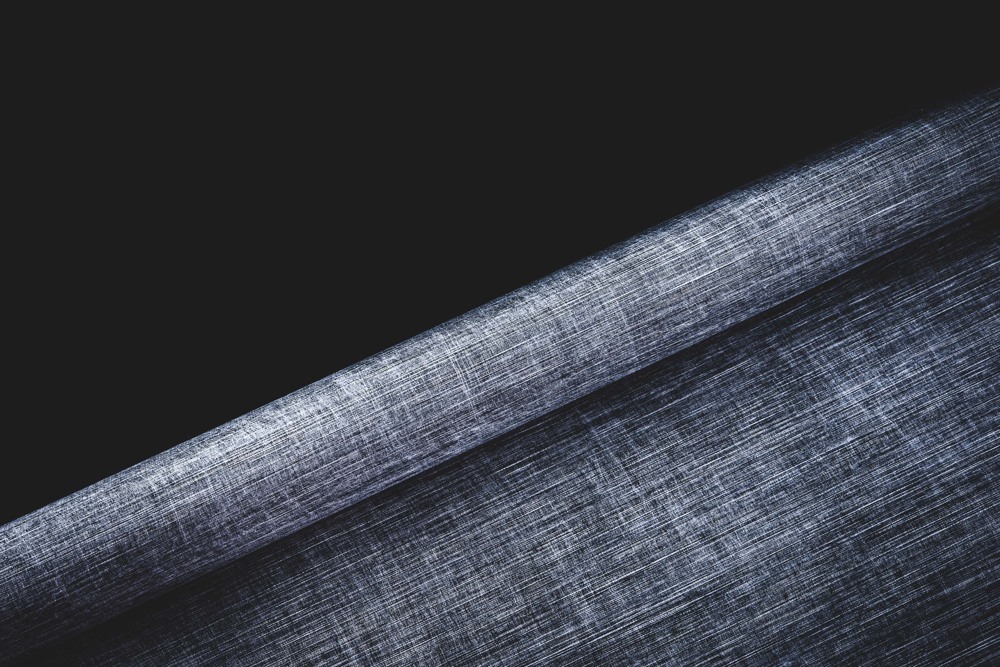Living in a material world

Mike Richardson met with the DSM team during the recent JEC World Paris exhibition to hear about the company’s latest material developments, including Dyneema Carbon and Dyneema Flexible Composites, along with a range of thermoplastic unidirectional tapes.
Okay, I’ll be honest and admit it: my initial interest in DSM exhibiting at JEC World, held last March, was piqued by a sexy racing pushbike made from Dyneema fibre sitting on its stand. When I threatened to steal it, the DSM team just laughed at me, so I thought through a little stealth and cunning, I would politely engage them, learn more about the product and whilst they weren’t looking, cycle off with it.
In fact, the bike frame is just one example where Dyneema carbon composites are used to design high performance products with the combination of lightweight, superior durability and comfort. Motorsport, sports/leisure equipment and performance clothing were just some of the other exhibits on the DSM stand.
For materials engineers, every percent of improved performance can provide advantages. This is why DSM is focusing on enhancing the properties of advanced materials to create stronger, lighter and more durable materials solutions. And sometimes this requires the combination of materials and innovating with partners to create higher performance components and products.
Your flexible friend
DSM, the developer and producer of Dyneema ultra high-molecular-weight polyethylene (UHMwPE) fibre says it has found a way to leverage the fibre’s extraordinary properties in diversely different end uses. Combining Dyneema with carbon fibre yields a hybrid, thermoset resin-based composite called Dyneema Carbon. The resulting material is said to significantly improve the performance of pure carbon composites in terms of weight, impact resistance, ductility and vibrational dampening.
“Our material cluster comprises three divisions: DSM Functional Resins, which concentrate on producing water-soluble resins for different industries; DSM Engineering Plastics; and DSM Dyneema,” begins DSM Dyneema’s president, Golnar Motahari Pour. “Dyneema fibre is made from a special type polyethylene with high molecular weight. We’re the only polyethylene fibre producer which is ‘backwards-integrated’, meaning we manufacture high molecular weight polymer using our own polymerisation unit.
“This is one of our strengths - by modifying the molecular weight we can tailor the performance of fibres we’re bringing to the market. The fibre we make from the polymer goes into three different market segments: firstly, the rope and cable market by replacing traditional materials such as metal, secondly, a semi-finished unidirectional (UD) product used in personal and vehicle protection for its outstanding ballistic performance at extreme low weight. Dyneema can replace aramids because its density is below 1.0, whereas aramid is 1.4. This enables us to obtain tremendous weight reductions. The third application is high cut-resistant materials for gloves targeted for the metal, glass and automotive industries. We have recently entered a new market sector which covers performance fabrics. Here, we develop new form factors like hybrid fabrics with low detex Dyneema fibres and other materials to enhance the durability and the abrasion resistance of textiles such as denim and sport garments. We recently acquired a US company which manufactures best-in-class flexible composite fabric.”

“We’re taking the Dyneema fibre and weaving it into the carbon fibre to increase ductility,” explains DSM Dyneema’s new business development manager, Tim Kidd. “The more Dyneema we add, the higher the impact energy absorption you will get. One of the challenges of carbon fibre is lightweight stiffness without the ductility and brittleness you normally get. By adding Dyneema, we can prevent catastrophic failure of the carbon fibre product. Dyneema also absorbs a lot of vibration and because it is lighter than carbon fibre, we can also achieve significant weight reductions. Adding more Dyneema can increase impact resistance, obtain improved vibration damping and reduce weight.”
Golnar says the company’s focus is also on flexible composite materials - DSM wants to expand its range of product offerings, and it foresees many potential opportunities in both the leisure market and the automotive industry.
“Whilst we’ve discussed the Dyneema fibre, we also have thermoplastic composite material products too. Our DSM Engineering Plastics colleagues manufacture a special UD tape, made from carbon or glass fibre and our thermoplastic resins. This allows DSM to offer both thermoset and thermoplastic composite products to our market.
“The way DSM differentiates itself is that we want to be a solutions provider – it doesn’t matter whether you contact DSM Dyneema, DSM Engineering Plastics or our DSM Functional Resin team: we all work together with innovation teams to find the best solution for our customers in the composite segments. Right now, we’re pursuing our woven technology, but we can develop tailor-made solutions for customers by combining the strengths of our three divisions.”
The weight is over
The company’s global R&T manager of advanced thermoplastic composites, Dr Raj Mathur, points to an industry trend among its customers who want to make a step change concerning weight savings. Clearly, it’s no longer about saving grams, but whole kilogrammes – and this requires a step change in composites too.
“Injection moulding compounds with chopped fibres can only do so much,” he explains. “We decided to invest in what we call ‘advanced thermoplastic composites’, and this involves continuous fibre reinforcement in our polyamides. “We have a family of polyamides that all vary in the extent to which they can handle temperature.
“The question then becomes how we provide this capability and what kind of form can offer continuous fibre reinforced plastics. To us, it’s straightforward: it involves unidirectional tape or ribbons that can make composites by filament winding to manufacture things like pressure vessels or box beams, or tape placement to reinforce metallic or plastic structures locally. We can imbue parts with the attributes of stiffness and strength, as well as lowering weight by as much as 40% over aluminium and almost 60% over steel.”
Whilst the Dyneema material product is almost as flexible as a woolly jumper, there was certainly no way I was going to pull the wool over the over DSM team’s eyes – they weren’t going to let the bike out of their sight! Perhaps the last word should go to Golnar: “The strength of DSM is that we can offer composite solutions using a thermoplastic or thermoset concept and at the same time advising and developing the appropriate lamination resins to our customers. No-one has such a unique platform,” she concludes.









